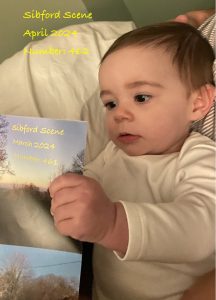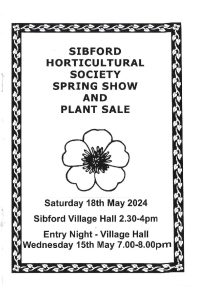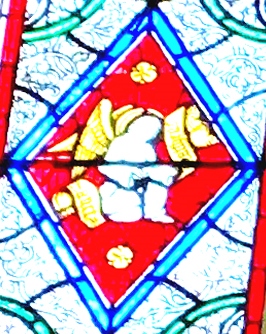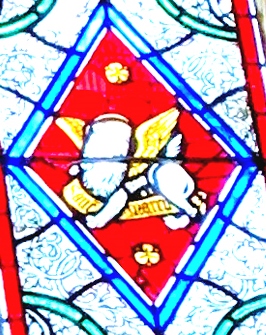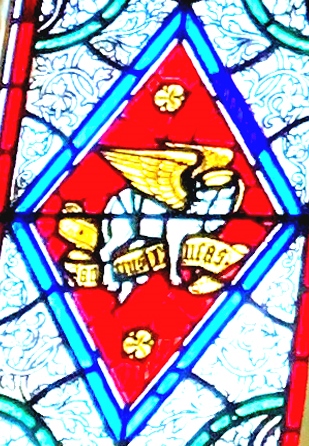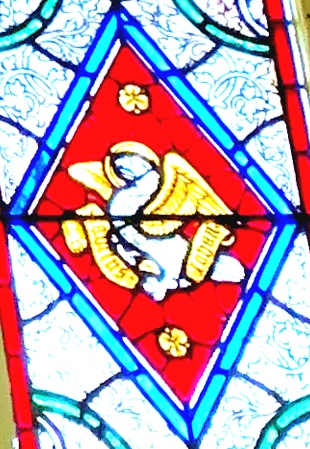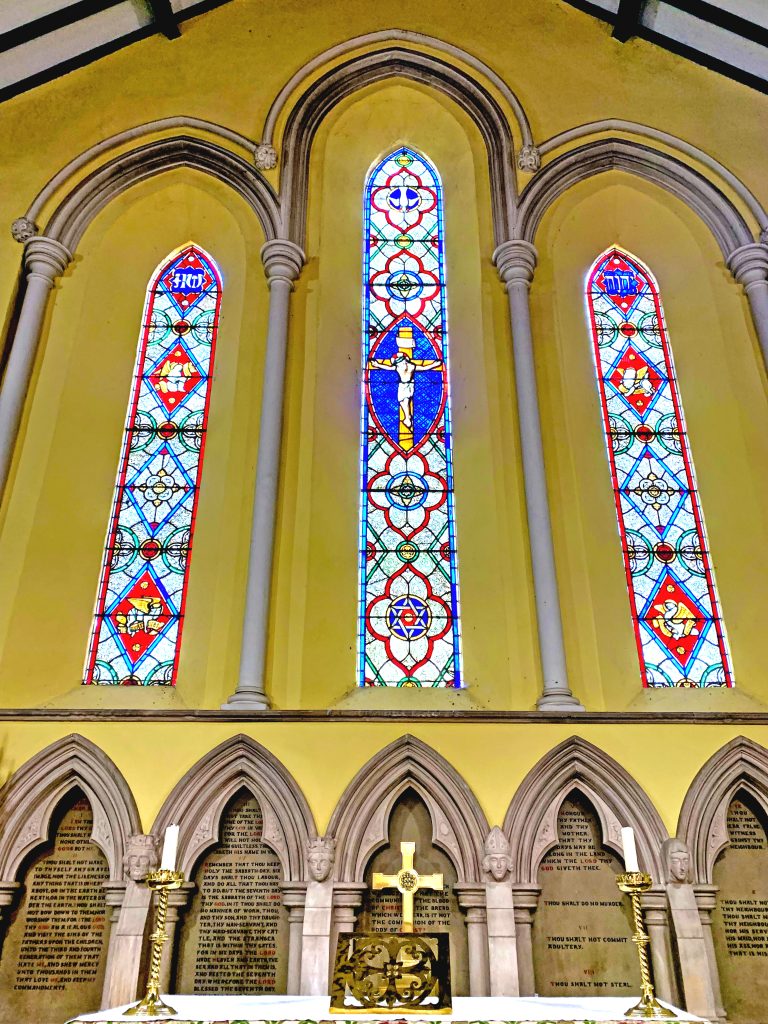Stained glass windows - Holy Trinity Church
The parish church of Holy Trinity, Sibford, was not built until 1840. Although there is evidence of a former chapel, its site is unknown and was recorded as ‘ruined’ when the Church commissioners visited the village during the Dissolution of the Monasteries in the reign of Henry VIII. Previously, villagers had worshipped, married, christened and buried their dead at the ecclesiastical mother church of St Peter and St Paul in Swalcliffe.
The current Victorian building in a simple Early English design in a cruciform plan. It is without a tower although it does have some fine examples of Victorian and Edwardian stained glass in some of its windows. These are worth a closer examination and, after consulting a former Rector, Ronald Hawkes, I plan to share some observations in a short series of articles. The windows in the chancel and the nave are all arranged in groups of three, reflecting the three elements of the Holy Trinity – Father, Son and Holy Spirit. The central light in each of the sets of three chancel windows is larger than the two adjacent ones.
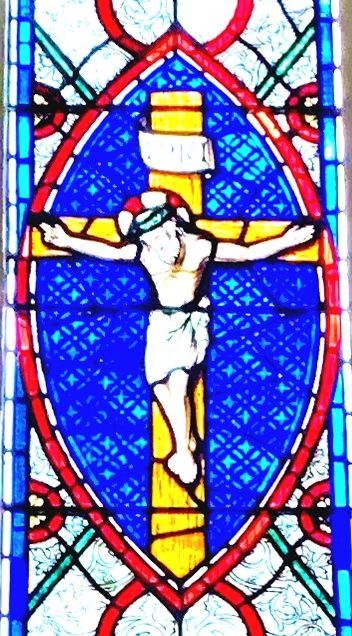 Above the altar the east window comprises a central window with two slightly smaller windows to each side. The main feature of the central window depicts the figure of Christ crucified on the Cross so central to the Christian faith. The background to this image is in vibrant blue glass and immediately draws your eye to the central figure of the crucified Christ.
Above the altar the east window comprises a central window with two slightly smaller windows to each side. The main feature of the central window depicts the figure of Christ crucified on the Cross so central to the Christian faith. The background to this image is in vibrant blue glass and immediately draws your eye to the central figure of the crucified Christ.
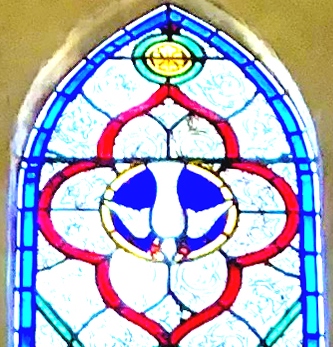 Above this central figure the Holy Spirit, in the form of a dove of peace, is seen descending to earth through Christ. Below the central figure is the Star of David comprising a six-pointed star made up of two equilateral triangles superimposed over each other and, as a symbol in Judaism, is thought to represent ‘God the Father’. It symbolizes the relationship
Above this central figure the Holy Spirit, in the form of a dove of peace, is seen descending to earth through Christ. Below the central figure is the Star of David comprising a six-pointed star made up of two equilateral triangles superimposed over each other and, as a symbol in Judaism, is thought to represent ‘God the Father’. It symbolizes the relationship 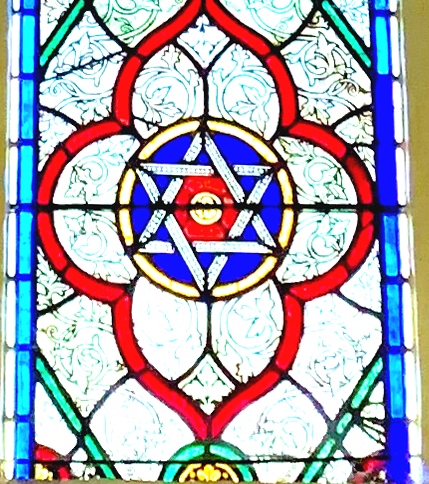 between humanity and God, with the corners of one triangle representing creation, revelation, and redemption,and the corners of the to represent the 12 tribes of Israel. These three images – the dove of peace, Christ crucified and the Star of David are featured in the central east window. Each symbol represents the Holy Trinity – Father, Son and Holy Spirit, all central to the Christian faith.
between humanity and God, with the corners of one triangle representing creation, revelation, and redemption,and the corners of the to represent the 12 tribes of Israel. These three images – the dove of peace, Christ crucified and the Star of David are featured in the central east window. Each symbol represents the Holy Trinity – Father, Son and Holy Spirit, all central to the Christian faith.
The two adjacent windows, slightly smaller than the central light, repeat some of the decorative imagery in the main central window.
These two windows feature four winged beasts and birds representing the four gospel Saints – Matthew, Mark, Luke and John.
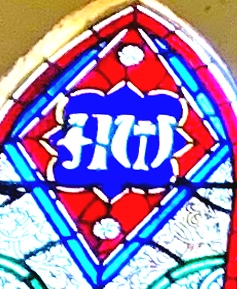 The image depicted at the top of the left-hand window represents the Greek symbols for Alpha and Omega. The bible was originally written in Greek and Alpha and Omega are the first and last letters of the Greek Alphabet. Early Christians referred to Christ as the Alpha and Omega symbolising the Beginning and the End denoting the completeness of their faith. However, the Omega symbol at the top of the left window has mistakenly, been inverted and appears the wrong way up!
The image depicted at the top of the left-hand window represents the Greek symbols for Alpha and Omega. The bible was originally written in Greek and Alpha and Omega are the first and last letters of the Greek Alphabet. Early Christians referred to Christ as the Alpha and Omega symbolising the Beginning and the End denoting the completeness of their faith. However, the Omega symbol at the top of the left window has mistakenly, been inverted and appears the wrong way up!
When the sun is shining through this east window it has a stunning impact and shards of coloured light dance across the chancel and adjacent walls.
Maureen Hicks
